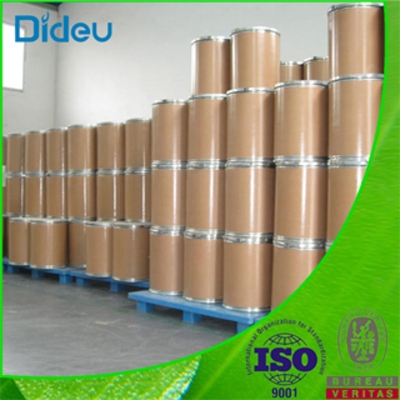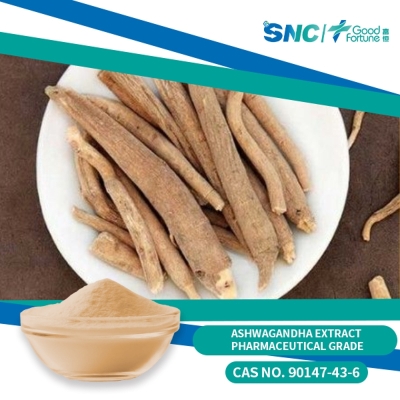Cosmetic Ingredient
- • Abrasive (124)
- • Absorbent (84)
- • Anticaking (66)
- • Anticorrosive (25)
- • Antifoaming (19)
- • Antimicrobials (290)
- • Antioxidant Ingredient (393)
- • Antiperspirant (20)
- • Antiplaque (48)
- • Anti-seborrheic (38)
- • Anti-sebum (39)
- • Antistatic (458)
- • Astringent (162)
- • Binding Agent (172)
- • Bleaching Agent (53)
- • Buffering (191)
- • Bulking (109)
- • Chelating (122)
- • Cleansing (679)
- • Cosmetic Colorant (212)
- • Cosmetic Preservative (158)
- • Denaturant (45)
- • Deodorant (98)
- • Depilatory (27)
- • Dissolving Agent (298)
- • Emollient (795)
- • Emulsifying Agent (480)
- • Emulsion Stabilising (154)
- • Exfoliating (19)
- • Film Forming (299)
- • Flavouring (72)
- • Foam Boosting (161)
- • Foaming (101)
- • Fragrance Ingredient (726)
- • Gel Forming (19)
- • Hair Conditioning (670)
- • Hair Dyeing (363)
- • Hair Fixing (36)
- • Hair Waving or Straightening (45)
- • Humectant (282)
- • Hydrotrope (92)
- • Keratolytic (20)
- • Light Stabilizer (80)
- • Moisturising Agent (50)
- • Nail Conditioning (42)
- • Occlusive (20)
- • Opacifying (119)
- • Oral Care (123)
- • Oxidising (19)
- • Perfuming (2105)
- • Plasticiser (98)
- • Propellant (19)
- • Reducing (50)
- • Refatting (12)
- • Refreshing (26)
- • Skin Cleansing (388)
- • Skin Conditioning (1751)
- • Skin Humectant (21)
- • Skin Protecting (282)
- • Smoothing (31)
- • Soothing (71)
- • Tonics (155)
- • UV Filter (34)
- • Viscosity Controlling (532)
Chemicals as Skincare Ingredients
Related News
-
Pfizer China Oncology Division Restructures Amid Executive Changes
2025-03-19 -
Price Surge Alert as Major Suppliers Increase Barium Sulfate Costs by 200 Yuan per Ton
2025-03-20 -
Shell Considers Partnering with the U.S. and Closing European Chemical Assets
2025-03-26 -
Quaker Houghton Acquires Dipsol Chemicals, Strengthening Advanced Solutions Portfolio
2025-03-27 -
AstraZeneca to Invest $2.5 Billion to Establish Global Drug R&D Center in Beijing
2025-03-25 -
Saudi Aramco CEO: Invest in downstream projects in China's energy, chemical and other fields
2025-03-28
Exfoliating
Aspirin
(50-78-2)2. Axepim Cephalosporin antibiotic
3. Analgesic; antipyretic; anti-inflammatory; antithrombotic
-
Pharmacy Grade / 99%
-
-
- / 0.00%
-
- / 99.00%
Tea extract
(84650-60-2)-
Cosmetics Grade / 99%
-
- / 40%
-
Food Grade / 99%
-
Food Grade / 99%
Request for quotation , get quotes from more suppliers.
Clover, Trifoliumpratense, ext.
(85085-25-2)-
Pharmacy Grade / 0.98%
-
- / 20%
-
Pharma Grade / 60.00%
-
![Cloverextract buy Cloverextract]()
IndustrialGrade / 99.00%
Request for quotation , get quotes from more suppliers.
-
-
API Grade / 99%
-
Food Grade / 99%
-
Food Grade / 10%
Request for quotation , get quotes from more suppliers.
-
Industrial Grade / 98%
-
- / 0.00%
-
-
Industrial Grade / 99%
Request for quotation , get quotes from more suppliers.
Source Exfoliating Products Supply
-
- / 99.00%
-
![DL-HOMOCYSTEIC ACID buy DL-HOMOCYSTEIC ACID]()
Industrial Grade / 99%
-
![DL-Homocysteic acid buy DL-Homocysteic acid]()
-
![DL-Homocysteic Acid buy DL-Homocysteic Acid]()
Industrial Grade / 99%
Request for quotation , get quotes from more suppliers.
Withania somnifera, ext.
(90147-43-6)-
pharmaceutical grade/food grade / 99%
-
Food Grade / 99%
$0.9-1.1/KG FOB
-
Pharmacy Grade / 5%
-
A / 100%
Request for quotation , get quotes from more suppliers.
Yucca, ext.
(90147-57-2)-
- / 99.00%
-
Food Grade / 30%
$11-13/KG FOB
-
Pharmacy Grade / 99%
-
- / 80%
Request for quotation , get quotes from more suppliers.
-
Pharmacy Grade / 0.98%
-
Pharmacy Grade / 99%
-
Food Grade / 98%
-
![Star anise, Illicium verum, ext. buy Star anise, Illicium verum, ext.]()
Different Grade / 99.9%
$0.1/KG EXW
Request for quotation , get quotes from more suppliers.
Clove, ext.
(84961-50-2)-
foo / -
-
![Clove,ext. buy Clove,ext.]()
IndustrialGrade / 99.00%
-
![Clove, ext. buy Clove, ext.]()
-
![Clove, ext. buy Clove, ext.]()
Industrial Grade / 99%
Request for quotation , get quotes from more suppliers.
More Information
The stratum corneum is the outermost layer of the epidermis, composed of dead keratinocytes, approximately 10-15 layers thick, with each layer about 0.02mm in thickness. Normally, as keratinocytes differentiate and migrate upward, the outermost layer of corneocytes gradually sheds.
However, factors like aging, external stressors, and UV exposure can slow down skin turnover, leading to abnormal shedding or renewal of the stratum corneum. This can result in dull, rough, lackluster skin and hinder the absorption of subsequent skincare products. Acid-containing cosmetics effectively exfoliate by dissolving the protein connections between corneocytes, making shedding easier. This process can improve pore blockages and metabolize some melanin in the stratum corneum, leaving the skin looking brighter and smoother.
Chemical exfoliation primarily utilizes acids and cationic surfactants, including:
Alpha-hydroxy acids (often found in fruits like lemons and apples, commonly known as fruit acids)
Beta-hydroxy acids (salicylic acid)










































